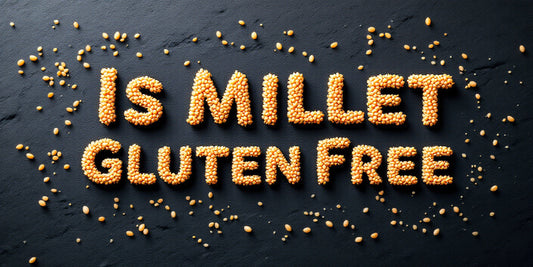

Diet Fuel: Majority of Fats in Almonds Not Absorbed
Table of Contents
Majority of Fats in Almonds Not Absorbed
In the fitness world, almonds are praised for their presence of monounsaturated fatty acids, dietary fiber, antioxidants, vitamins like riboflavin, and trace minerals such as magnesium. In addition to being healthy, several studies have suggested that regular almond consumption can enhance weight loss. Think of almonds as a natural weight loss pill. For example, in the Nurses’ Health Study, showed that people who frequently eat almonds and other nuts retain healthier body weights and lower rates of obesity over time compared to those who avoid nuts. Other studies show that when dieters eat almonds daily, they are less likely to over-consume carbohydrates and more likely to reach and maintain a healthier body weight.
 Another study published in 2003 in the International Journal of Obesity found that when women consumed almonds over a six-month period, compared to other women who didn’t eat almonds, they experienced greater reductions in weight/BMI, waist circumference, fat mass and systolic blood pressure. According to a new study just released, the healthy weight loss of almonds may be due to the fact that a majority of the fats in almonds are not absorbed, in a way, almonds are a natural fat blocker.
Another study published in 2003 in the International Journal of Obesity found that when women consumed almonds over a six-month period, compared to other women who didn’t eat almonds, they experienced greater reductions in weight/BMI, waist circumference, fat mass and systolic blood pressure. According to a new study just released, the healthy weight loss of almonds may be due to the fact that a majority of the fats in almonds are not absorbed, in a way, almonds are a natural fat blocker.


In the new study, researchers wanted to quantify the effects of chewing (mastication) on the bioaccessibility of the fats of almond and examine microstructural characteristics of chewed almonds. In the study, 17 healthy subjects chewed raw natural almonds (NAs) or roasted almonds (RAs) in 4 separate sessions. After chewing thoroughly, subjects spit out the food bolus so that researchers could measure the particle size using mechanical sieving and laser diffraction. The researchers used mechanical sieving and laser diffraction to determine the almond piece size and lipid content. The bioaccessibility of the fat was predicted by using a theoretical model, based on almond particle size and cell dimensions, and then compared with empirically derived data. Results showed that the bioaccessibility of fat from the almonds chewed by the human volunteers was approximately 8% and 11% for natural almonds and roasted almonds, respectively. Microstructural examination of the almonds by microscopy indicated that most of the fat remained undisturbed in intact cells of almonds after chewing. These results indicate that almonds have a much lower calorie content than previously thought due to 90% of the fat in almond not being absorbed. Thus, most of the lipid in chewed almonds are not immediately bioaccessible and remains unavailable for early stages of digestion. The low bioavailability of fat in the almonds make it the perfect diet food.
| Grundy MM, Grassby T, Mandalari G, et al. Effect of mastication on lipid bioaccessibility of almonds in a randomized human study and its implications for digestion kinetics, metabolizable energy, and postprandial lipemia. Am J Clin Nutr. 2015 Jan;101(1):25-33. |
Wien MA, Sabaté JM, Iklé DN, Cole SE, Kandeel FR. Almonds vs complex
carbohydrates in a weight reduction program. Int J Obes Relat Metab Disord. 2003
Nov;27(11):1365-72. Erratum in: Int J Obes Relat Metab Disord. 2004
Mar;28(3):459.
Abazarfard Z, Salehi M, Keshavarzi S. The effect of almonds on anthropometric
measurements and lipid profile in overweight and obese females in a weight
reduction program: A randomized controlled clinical trial. J Res Med Sci. 2014 May;19(5):457-64.
Foster GD, Shantz KL, Vander Veur SS, Oliver TL, Lent MR, Virus A, Szapary PO, Rader DJ, Zemel BS, Gilden-Tsai A. A randomized trial of the effects of an almond-enriched, hypocaloric diet in the treatment of obesity. Am J Clin Nutr. 2012 Aug;96(2):249-54.

















